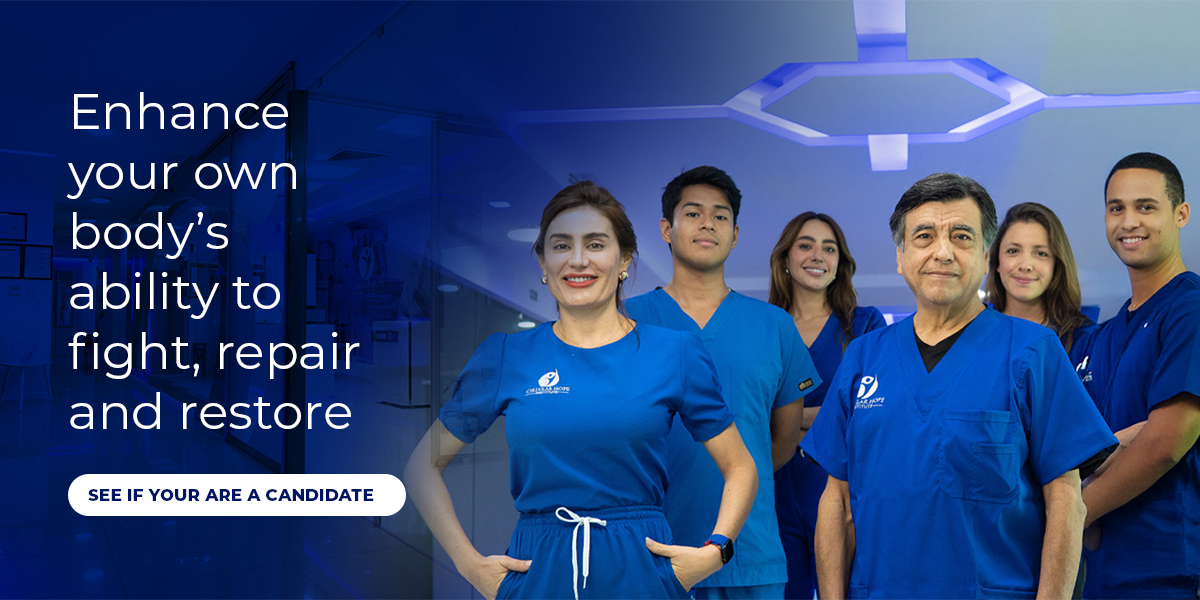Listen to this article
What is a Muse cell treatment, and which is the best clinic that you can visit for this type of treatment? Learn more in this article.
Over the past few years, Muse cell treatments have shown a huge potential for a variety of conditions – from neurological injuries and neurodegenerative diseases to cardiovascular disorders, autoimmune conditions, and even tissue repair after trauma.
If you are looking for new hope for your disease or condition, Muse cells might be the answer. As opposed to other types of stem cells, they are naturally present in your body.
This means that they can travel directly to damaged tissues, helping them heal by reducing inflammation and supporting the regeneration of healthy cells.
Of course, choosing the best clinic for Muse cell treatment will be key for the success of your procedure. Which clinics have the right expertise? What is their track record with Muse cell therapies? And how can you know if it’s the right option for your condition?
You probably have a lot of questions – which is completely normal. In this article, we will answer everything you need to know before you embark on your health journey.
So, if that’s what you are looking for, continue reading:
How Do I Choose The Right Clinic For My Muse Cell Treatment?
In order to choose the best clinic for your Muse cell treatment, we recommend starting by asking the right questions. When doing your due diligence, make sure to ask these questions to ensure a successful treatment:
-
Are you certified or licensed to offer Muse cell therapy?
Keep in mind that not all clinics have the right authorization or experience to provide Muse cell treatments safely. You need to choose an institution that is properly licensed and follows recognized medical standards, such as Cellular Hope Institute.
Our clinic holds all three key licenses: for applying, storing, and manufacturing stem cells. These licenses are issued by COFEPRIS, Mexico’s health authority, and they reflect our commitment to meeting the highest safety and quality standards.
With technology made in the United States, and protocols designed by our scientific team in the U.S., we can ensure that every step of your treatment – from cell preparation to application – follows rigorous, evidence-based procedures to maximize safety, consistency, and effectiveness.
-
Where do the Muse cells come from?
Another key question that you must ask your clinic before undertaking a Muse cell treatment is about the source of the cells. You want to make sure that they are obtained and processed under strict ethical, medical, and regulatory standards.
Why is that important? Because the source can affect both the safety and effectiveness of your treatment. Cells that have been collected from unapproved or sketchy sources may carry a higher risk of contamination, infection, or inconsistent quality.
This may not only compromise the success of your therapy, but can even put your health in danger – so, don’t forget to get a good understanding of where they are coming from, and how they are handled.
Keep in mind that Muse cells can be:
-
- Autologous – derived from your own bone marrow, blood, or fat tissue
- Allogeneic – obtained from healthy, screened donors
- Cord-Tissue – collected from donated umbilical cord tissue or blood after childbirth
What is your experience with Muse cell treatments?
Before undergoing a Muse cell treatment, make sure to inquire with the clinics that you are considering about their experience with Muse cells.
After all, not all stem cell clinics are specialized in this type of cell. When discussing your upcoming Muse cell treatment, pay attention to:
- The number of patients treated
- The types of conditions they have treated
- Their success rates and reported outcomes
- The qualifications of their medical team
- Their follow-up care and medical protocols
These questions are important because clinics with a higher number of patients, and a variety of conditions treated tend to have more experience, and know better how to navigate your unique case.
What is the treatment process like?
Knowing what to expect from your Muse cell treatment is also a key step in ensuring that you will get the best outcomes from your procedure. When looking for the right clinic, ask them:
- What does each step of the process look like?
- What delivery method is used?
- How long does the procedure take?
- What type of anesthesia or pain management is involved?
- What kind of follow-up care is provided?
Typically, a Muse cell treatment involves an initial consultation and evaluation, followed by in-person assessment and administration of the treatment (usually done either by intravenous infusion or a targeted injection).
Since Muse cell procedures are minimally invasive – as opposed to surgery -, they require little to no downtime. The clinic monitors you during and immediately after the treatment, and provides regular check-ups to track your progress.
What are the potential risks and side effects?
On your quest to find the best clinic for Muse cell treatment, don’t forget to ask them about the potential risks and side effects.
The good news is, Muse cells are generally considered to be very safe, because they occur naturally in the body and have an extremely low tendency to form tumors or trigger abnormal growth.
You may experience little to no serious side effects, or mild, short-term reactions, such as:
- Slight soreness or redness at the injection or infusion site
- Mild fatigue or low-grade fever during the first 24 – 48 hours
- Temporary headache or discomfort as the immune system adjusts
Questions to Ask Yourself
If you are looking for the best clinic for Muse cell treatment, don’t forget to ask yourself some questions as well. This is important because choosing a clinic isn’t just about their qualifications – it’s also about whether the treatment is the right fit for your needs, expectations, and readiness.
Taking the time to reflect on your own situation helps you make a more informed and confident decision. Ask yourself:
- What is my main goal for treatment? – Is it to reduce symptoms, improve function, slow disease progression, or explore an option after other treatments haven’t worked?
- Do I understand the current research stage of Muse cell therapies? – Knowing that Muse cell treatments are still emerging helps set realistic expectations.
- Am I prepared for the costs involved? – Many such therapies are not covered by insurance, so it’s important to plan financially.
- What is my tolerance for potential risks or uncertainties? – Although generally safe, every medical procedure carries some risks.
- Am I ready to commit to the follow-up care and possible lifestyle adjustments? – Monitoring and recovery can be crucial for the best outcomes.
How will I evaluate success? – Having clear, realistic goals (like symptom relief, better quality of life, or improved mobility) helps you measure progress.
Which Is Best Stem Cell Clinic for Muse Cell Treatments?
The best stem cell clinic for getting the best muse cell treatments is Cellular Hope Institute, located in Cancun, México. We are known for our innovative facilities, advanced regenerative therapies, and a team of highly experienced physicians.
If you are looking to improve your symptoms while significantly improving your quality of life, look no further than Cellular Hope Institute. We will accompany you at every step of the process – from picking you up at the airport to ensuring top-notch post-treatment care.
Are you ready to get started? Schedule a consultation today.
FAQ
How do Muse cells differ from other stem cells?
Muse cells are unique stem-cell–like cells naturally found in adult tissues, such as bone marrow and fat. Unlike traditional pluripotent stem cells, they can home directly to damaged sites, integrate into tissue, and repair it without forming tumors.
Their natural presence in the body and low immunogenicity make them safer and more stable for therapeutic use compared to many other stem cell types.
How do Muse cells work in the body?
Muse cells work by naturally homing to sites of tissue damage, guided by chemical signals released by injured cells. Once there, they integrate into the damaged tissue and release factors that reduce inflammation, support cell survival, and stimulate regeneration.
Their ability to self-renew and repair tissues without forming tumors makes them promising for regenerative therapies.
How long do Muse cells stay active in the body?
Muse cells typically remain active at the site of injury for several weeks after administration. They migrate to damaged tissues, integrate with the local cells, and release healing factors that reduce inflammation and support regeneration.
Over time, many Muse cells become part of the repaired tissue, while others naturally decline as healing stabilizes.
How effective are Muse cells for chronic diseases?
Current evidence suggests that Muse cells can benefit some chronic diseases by reducing inflammation, promoting tissue repair, and supporting cell survival.
Early clinical studies and trials have shown promise in conditions such as stroke, heart disease, and certain autoimmune disorders. However, research is still ongoing, and effectiveness can vary depending on the disease, stage, and patient condition.
How soon can patients see results after treatment?
Patients may begin to notice improvements from Muse cell treatment within a few weeks, as the cells migrate to damaged tissues and start reducing inflammation.
In many cases, further benefits – such as improved function or reduced symptoms – continue to develop over several months, depending on the condition being treated and the individual’s response.
Is Muse cell therapy safe for older adults?
Muse cell therapy appears to be safe for older adults when performed by licensed clinics under strict medical standards. Because Muse cells naturally exist in the body and have low immunogenicity, they carry minimal risk of rejection or tumor formation.
As with any treatment, safety also depends on the patient’s overall health and proper clinical supervision.


